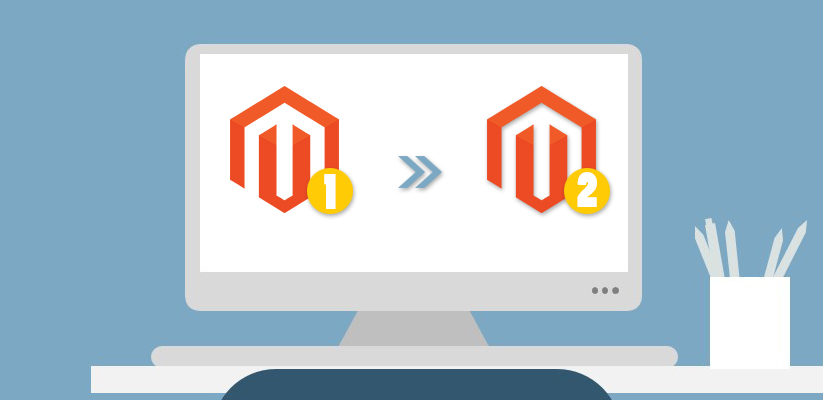Magento 2.0 is much more efficient than the previous version. The standard version supports Varnish and FullPage Cache (FPC) – the latter so far only available in the Enterprise version. In terms of scalability it’s also worth mentioning the use of database replication in a multi-master mode, which means that you can delegate dedicated database servers to handle only a given directory or only orders. It’s a great option when large-scale solutions, not available previously. Magento has moved with the times and the technological gap with respect to the previous version causes difficulties in migration.
Moving from Magento 1.x to 2.x is a migration process. You have some choices to upgrade Magento 1.9 to 2 :
1. Upgrade it manually. It may take a lot of time and get a lot of bugs but cheap.
The database schema changes so much that the process is referred to as Migration. The data has to be exported, translated to the new database tables/columns or discarded as applicable. The directory structure and internal operations of Magento have changed so much that you will need to check with your developers to get modules rewritten to work with Magento 2.0. Same goes for themes and templates.
2. Hire an expert to do upgrade magento it for you. It seems to be so expensive, especially you have a lot of database.
3. Use a Magento upgrade extension. It is a popular way. I suggest this automated shopping cart migration tool. It is cheap but effective
It is worth mentioning that Magento 2 officially supports latest PHP versions (starting from PHP 5.5.x), including PHP 7. Those versions already include new security fixes and improvements that directly affect web store’s speed. In one of our articles we’ve already described the benefits of running Magento with PHP 7. And for sure, we strongly recommend using PHP 7 when building Magento 2 stores. Let's use Magento upgrade guide to upgrade all existing data from magento 1 to 2 automatically.














